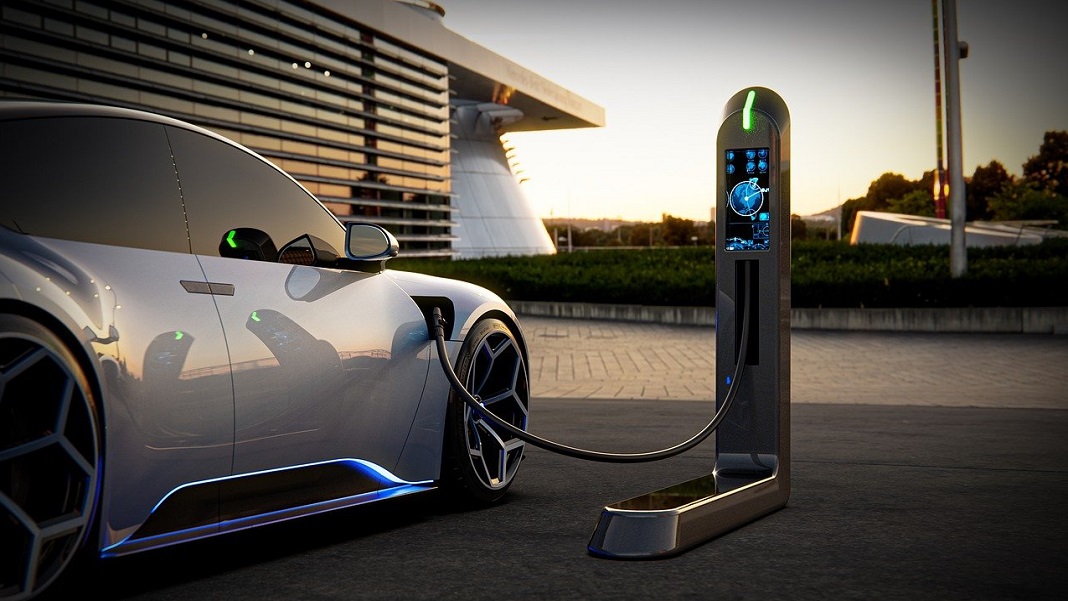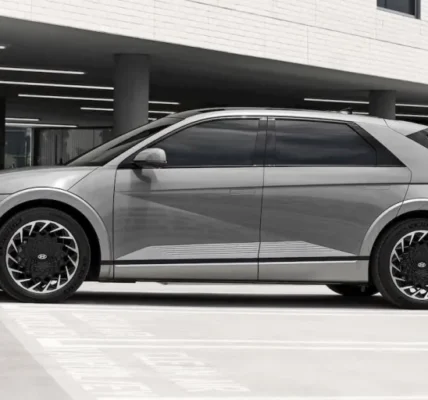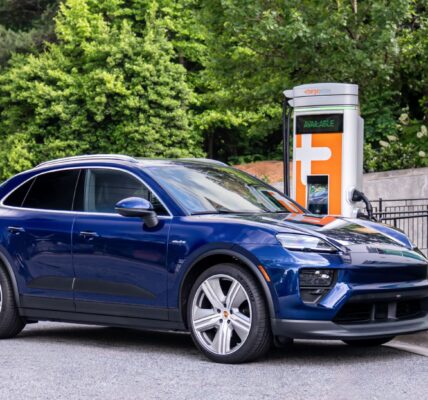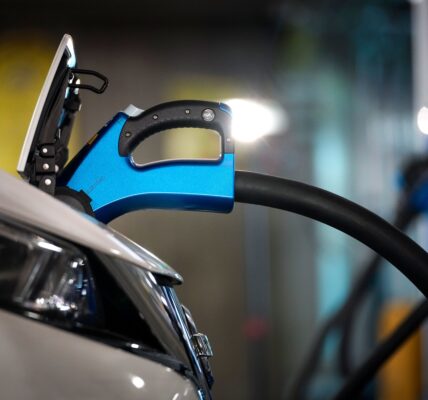The number of electric vehicles on US roads has surged 250% over 5 years with Teslas leading the charge – but are EVs a money saver or a money pit?
Chris Blay had a decision to make in September 2021.
The senior network architect was a longtime Audi driver, but with his latest lease coming up, Blay became interested in the Teslas filling the roads.
“Tesla released the Model 3, and it was meant to appeal to the premium mid-range market,” Blay says. “Since we had another gas car for longer distance trips, I decided we could get an electric vehicle and Tesla was my preferred car.”
Switching over to electric vehicles (EVs) is something more Americans are also considering these days. New registrations of of electric vehicles jumped 60% in the first quarter of 2022 and Teslas made up over half of new EV registrations.
There are currently a total of about 1.7 million EVs on the road in the U.S compared to around 400,000 in Q2 of 2018., and that number is expected to keep growing.
With gas prices climbing higher, it’s clear why some consider an electric vehicle the more economical option. But is it really? Let’s take a look before you ditch the tank and plug in at home.
Upfront costs
The costs that drivers are likely to think of first are those of the EV itself, along with charging costs. EVs are known to be pricier than their internal combustion engine counterparts. In some cases, it can be a difference of tens of thousands, says Wilkie Kam, portfolio manager and senior investment advisor for BMO Private Wealth.
“My business partner bought a Tesla Model Y, which is I’d say an equivalent of a gas car to possibly a Mercedes SUV,” Kam says.
For comparison, a Tesla Model Y has a base price of $65,990 and a 2022 Mercedes-Benz GLA250 comes in at a much lower base price of $36,400.
Yet it’s pretty clear that the cost of gas versus electricity to power your car is a lot less. This is true even if you’re using supercharger stations, where a premium is paid to charge your car in less than an hour. This is what Blay found after owning both an electric and gas vehicle over the last year.
“If you’re going to go to superchargers, it’s not as cheap. It’s definitely cheaper at home,” says Blay, speaking from Ontario, Canada.
“The goal isn’t to fill up, it’s to just get to the next destination or home to charge your car and get home.”
At home is where the cost savings really come in. Blay usually charges his car overnight when it’s cheaper, spending $22 (CAD) over the last 30 days on charging his vehicle. The equivalent in gas would have been $178, he says, a savings of $155.
Hidden installation costs
It’s not all good news though. Both Blay and Kam warned that there are some hidden costs to consider before buying an EV. And this could come into play as soon as you drive your car home.
“The car doesn’t come with a charging cable or a charger, and that will cost quite a bit for a model basic charging cable.” says Kam. The price for a wall connector, outlet and 120V adapter is about US$645, according to the Tesla website.
The cost to install a charger ranges from $750 – $1,500.
What about insurance?
There’s also insurance and maintenance to consider, with insurance companies still wary about EVs. In British Columbia, where Kam lives, there is about a $600 annual difference in deductible between a Tesla Model Y and a comparable Mercedes SUV, according to Kam.
In the U.S., The average insurance rate of a 2022 Tesla Model Y and a 2022 Mercedes-Benz GLA250 is US$3,057 and US$1,838 respectively. However, rates can decrease or increase based on factors such as age, ZIP code and driving history.
Aside from insurance, the EV battery can also result in additional expenses.
“If there’s a problem with the battery, it can be really costly and you may have to wait a long time to fix it, and that’s a higher insurance cost and higher deductible,” Kam says.
Yet Kam also added that maintenance in electric cars on the whole is far lower, because there are fewer parts. This is what Blay found as well with his own vehicle, only having to refill washer fluid and change his tires.
Bottom line
Consumers should certainly consider EVs as the world shifts away from gas models. And right now looks like a great time. While depreciation is likely to be faster for these cars, Kam says right now we’re not seeing that thanks to supply-chain disruptions.
“For a car that is expected to have a higher depreciation, leasing costs will go up so I don’t think car dealers will have a free lunch for everyone if they’re expecting the car will depreciate more in value,” Kam says.
As for Blay, he couldn’t be happier with his choice, and says he’s likely to trade in his other gas vehicle for an electric model when the time comes.
“I’ve had nothing but positives in my experience,” Blay says. “It’s a fun car to drive. It’s a fun experience.”
This article provides information only and should not be construed as advice. It is provided without warranty of any kind.








